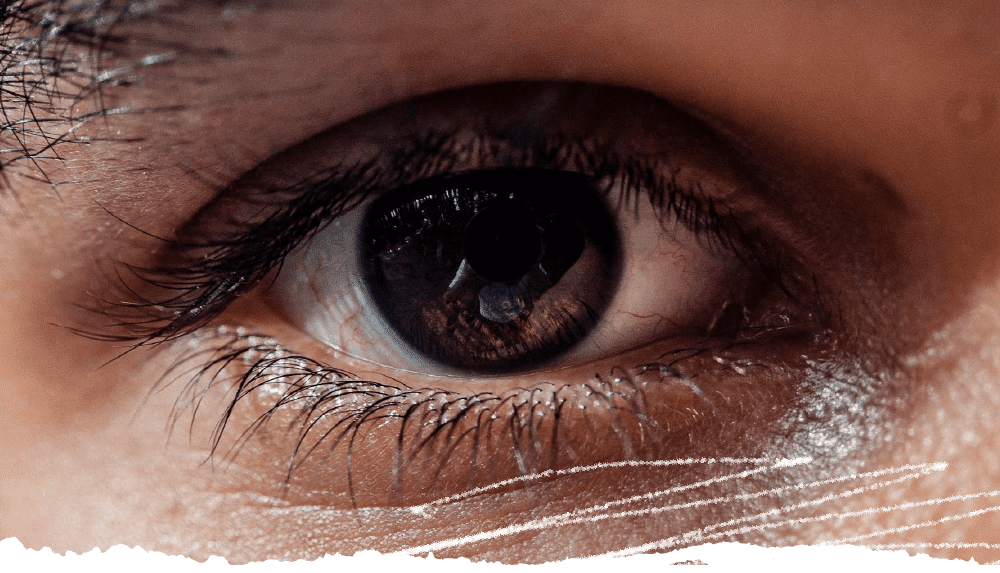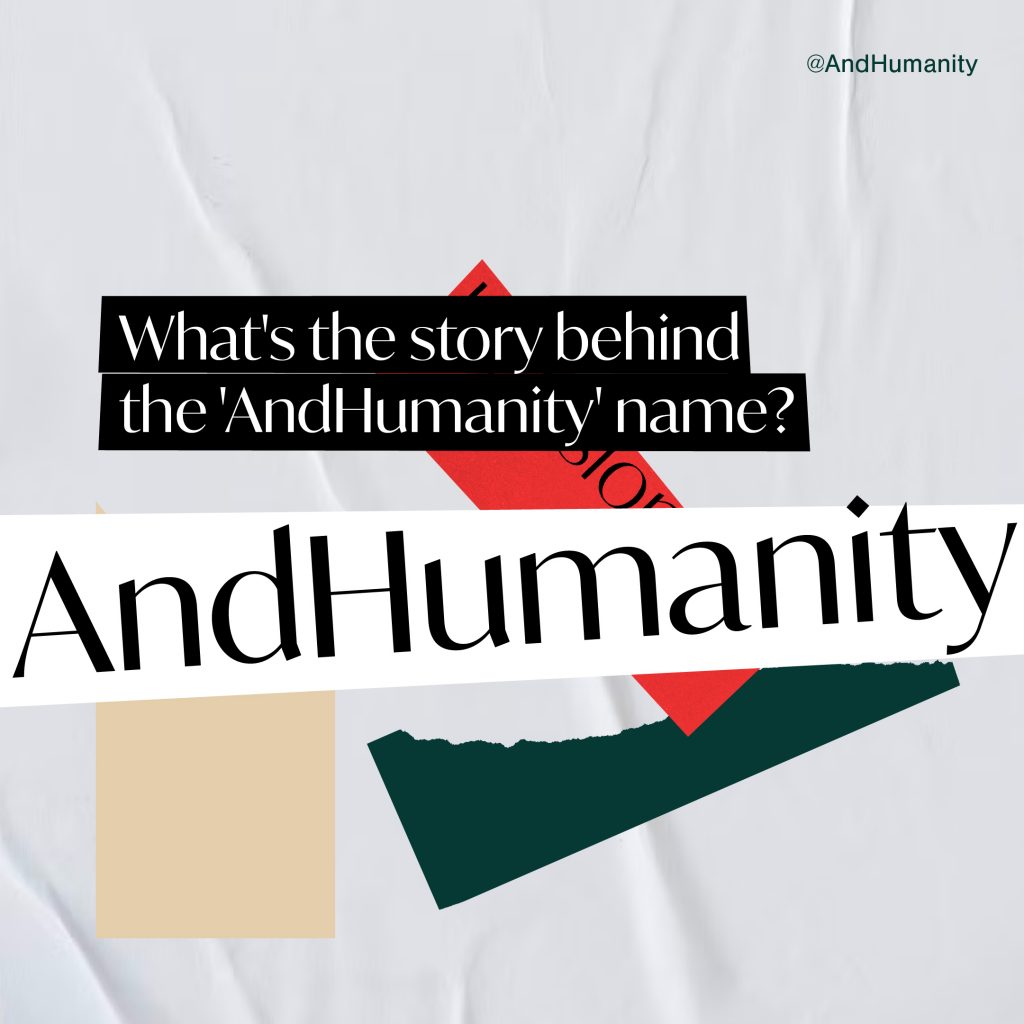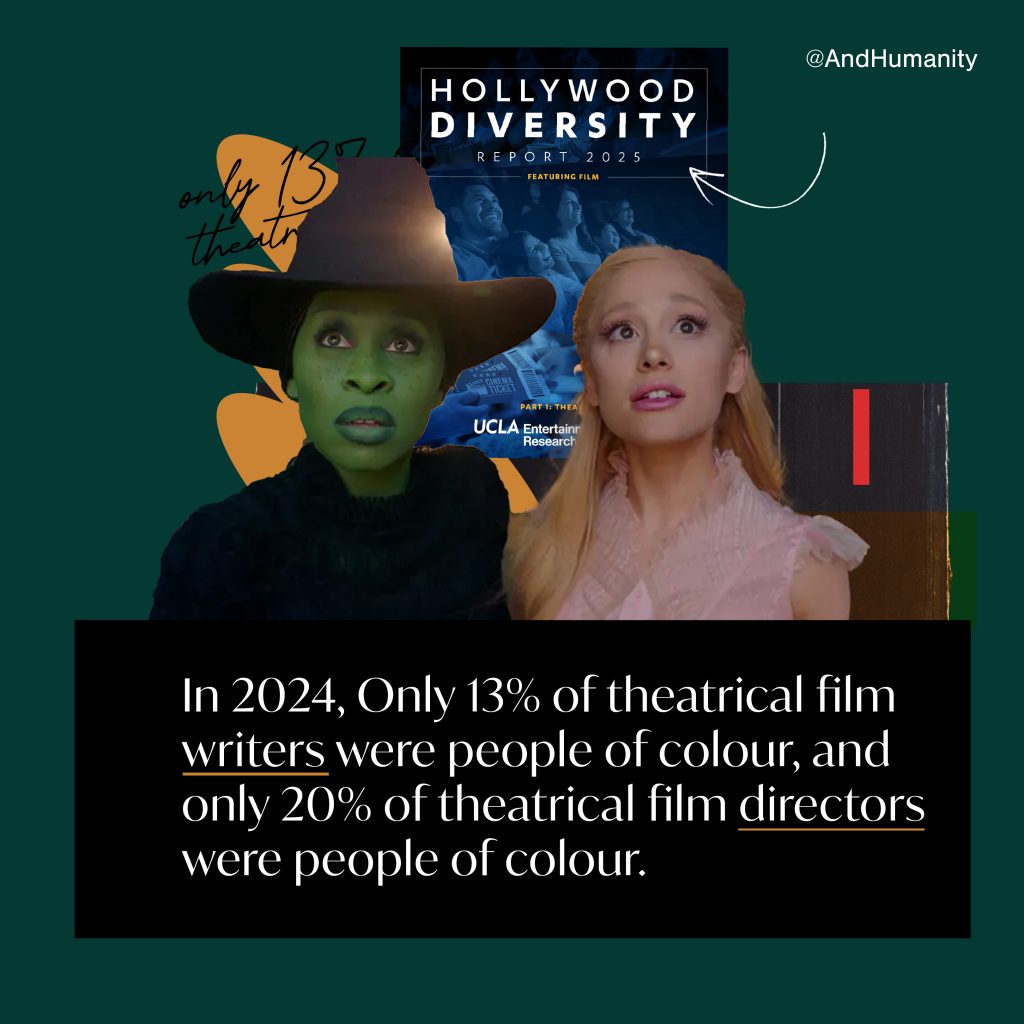Marketing and communications often default to talking about audiences rather than meaningfully engaging them and amplifying their voices.
—————
Authentic storytelling and accurate representation are likely to resonate with everyone, and they’re especially important for equity-deserving people and groups, who experience historical and current injustices. Equity-deserving stories are still often told by the dominant culture, for the dominant culture, perpetuating harmful stereotypes and othering. These stereotypes, as well as the attitudes and actions they promote, perpetuate cycles of oppression in society.
Call out: Equity-deserving stories are still often told by the dominant culture, for the dominant culture.
What this looks like is white folks talking about Black experiences of racism. It means able-bodied folks talking about accessibility needs. It means cis-gendered folks talking about gender dysphoria. To name a few.
Consider how you would feel having your experiences defined by someone else, having messaging contributing to social norms about your identities coming from someone without lived experience. How likely would it be that you would feel seen and connected with that representation? Considering that, how likely it would be that you would trust and invest in the brand responsible for putting that messaging out into the world?
Accurate representation occurs through nuanced and deep storytelling that resonates.
Call out: Accurate representation occurs through nuanced and deep storytelling that resonates.
#1. Resonance
At each interaction, audiences are assessing your brand as well as your marketing and communications. While many people may not think about why some content resonates and other content doesn’t, research shows why. Audiences can tell if and to what extent messaging is genuinely informed by lived experience and created to benefit the audience being represented. They’re considering whether your brand is values aligned and if there’s congruence between what you say and what you do. Effectively, an accuracy and authenticity audit is occurring alongside a determination of sameness. The goal is inclusive resonance.
- Resonance, in its most basic form, is how much people connect and relate to your marketing and communications
- Inclusive resonance considers who you connect with and how. It considers the contexts of intersectionality, privilege, power and oppression, whether your impact matches your intent, and not just how likely an audience is to benefit you, but how reciprocal and mutually beneficial your relationship with that audience is.
Inclusive resonance happens through inclusive processes that lead to authentic storytelling.
Call out: Inclusive resonance happens through inclusive processes that lead to authentic storytelling
#2. Authentic Storytelling
Authentic storytelling is more than the story; it considers context. When deciding whether content is genuine and honest, audiences look beyond the story itself:
- Who is involved in telling the story?
- What is the depth and nature of their expertise?
- What are their intentions?
- How collaborative is the process?
- How accountable are the storytellers to the people or communities being spoken about?
- What are the impacts?
- How does all of the above influence how the story is told?
How we answer these questions impacts not only how our audience experiences our marketing and communications, but also how our brand is perceived overall.
Authentic storytelling happens through meaningful engagement.
Call out: Authentic storytelling happens through meaningful engagement.
#3. Meaningful Engagement
Meaningful engagement is a way for equity-deserving individuals to influence the narratives that represent us and tell our truths. It is the “How” of authentic storytelling; the way we reach the desired outcome of inclusive resonance.
Whether elevating one person’s story or inviting collaboration into the process, how likely individuals feel it is that they will be authentically heard, included, and involved in shaping the outcome influences how willing people are to participate. The only way to co-create is to share power. This means that::
- Those being engaged feel the engagement values them and benefits them. It is reciprocal and relational, not transactional or extractive.
- Lived-experience is recognized as expertise. Individuals who provide this expertise are fairly credited and compensated.
- Multiple lenses of lived experience are engaged to ensure authentic representation and avoid tokenization.
Putting it into Practice
- “By” is Best
- “With” is Good
- “For / At” is Harmful
Call out: By is best, with is good, for/at is harmful.
It’s always best inclusive practice to ensure those creating content hold relevant lived experience. Lived experience doesn’t just mean self-identity, but also the extent to which an individual feels and demonstrates accountability and connection to the experiences and communities being represented. The most authentic and resonant stories are told by those who live them.
Leadership by and co-creation with those who hold lived experience is essential. If content isn’t created “by” (by the person themselves) or “with” (in meaningful collaboration with the person featured), ensure feedback is meaningfully engaged and approval sought (from individuals with relevant lived experience) before the final outcome is socialized.
————
This article was written by Ness Murby (he/him) a queer, trans, blind disabled person, Ness describes himself as human first. He is a Dad, Gran’s kid always and Pop’s ‘tiger’ forever. Australian, mixed race and white presenting, grateful to currently reside on Coast Salish Territory on the shared and unceded lands of many Indigenous Nations including the kʷikʷəƛ̓əm (Kwikwetlem), səlilwətaɬ (Tsleil-Waututh), xʷməθkʷəy̓əm (Musqueam), Sḵwx̱wú7mesh (Squamish), q̓ic̓əy̓ (Katzie), qʼʷa:n̓ ƛʼən̓ (Kwantlen), qiqéyt (Qayqayt), and Stó:lō (Sto:lo). Ness works as the Senior Justice, Equity, Diversity, and Inclusion Strategist at AndHumanity, is a counsellor and competes as a Canadian Paralympian. He is a lover of puzzles, connection and culture.









